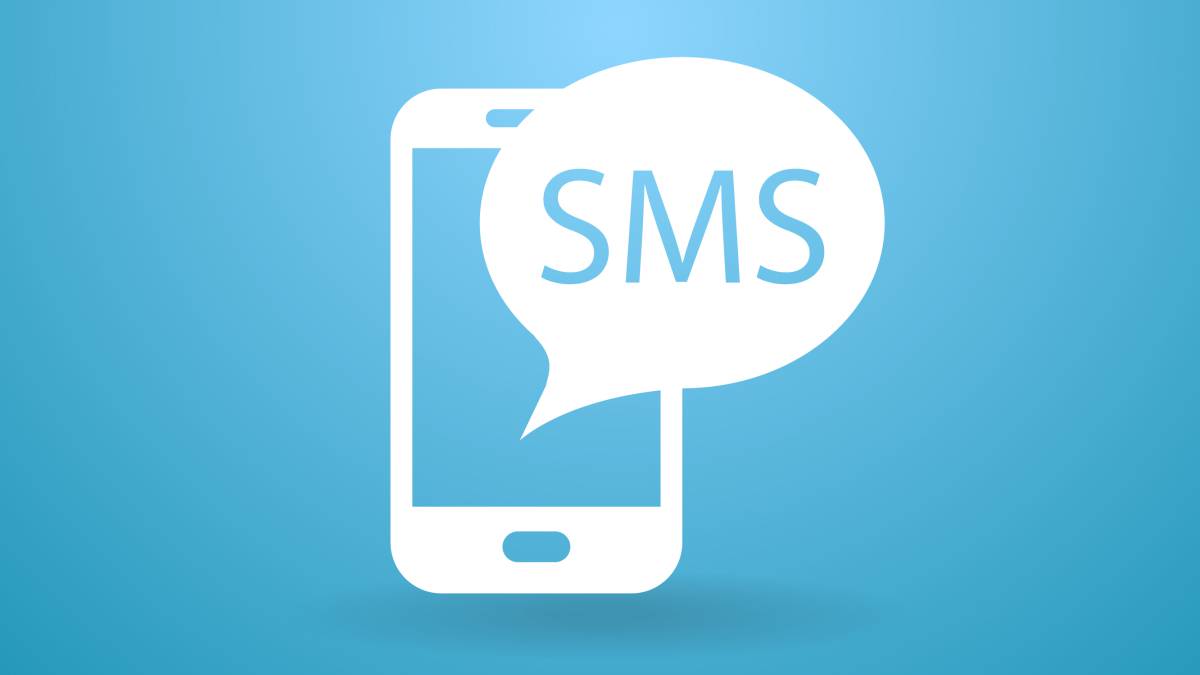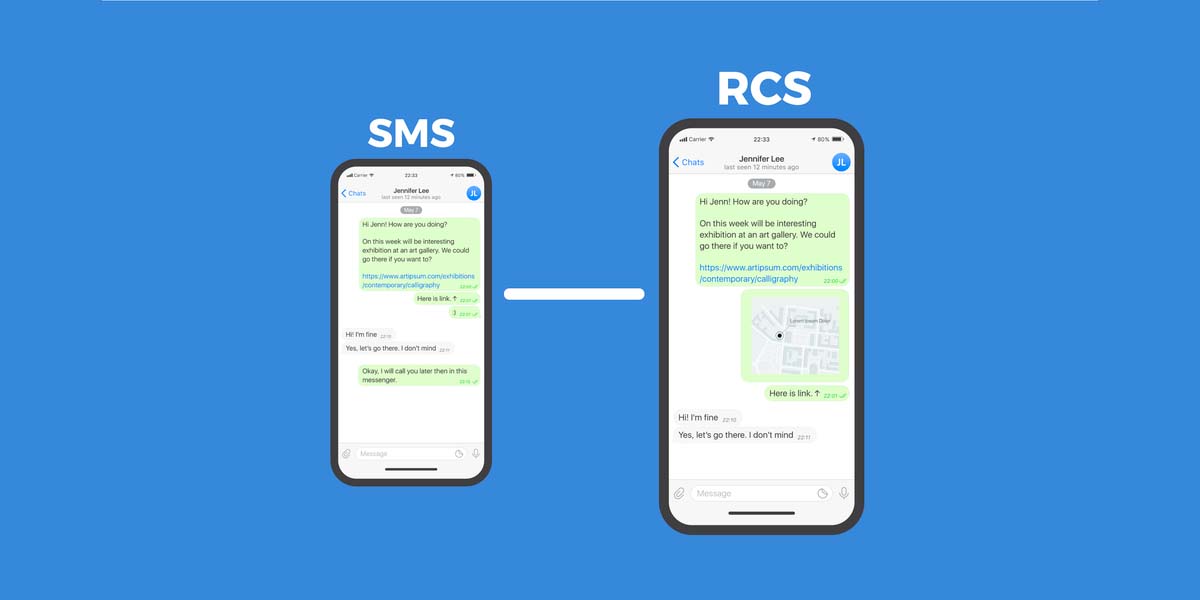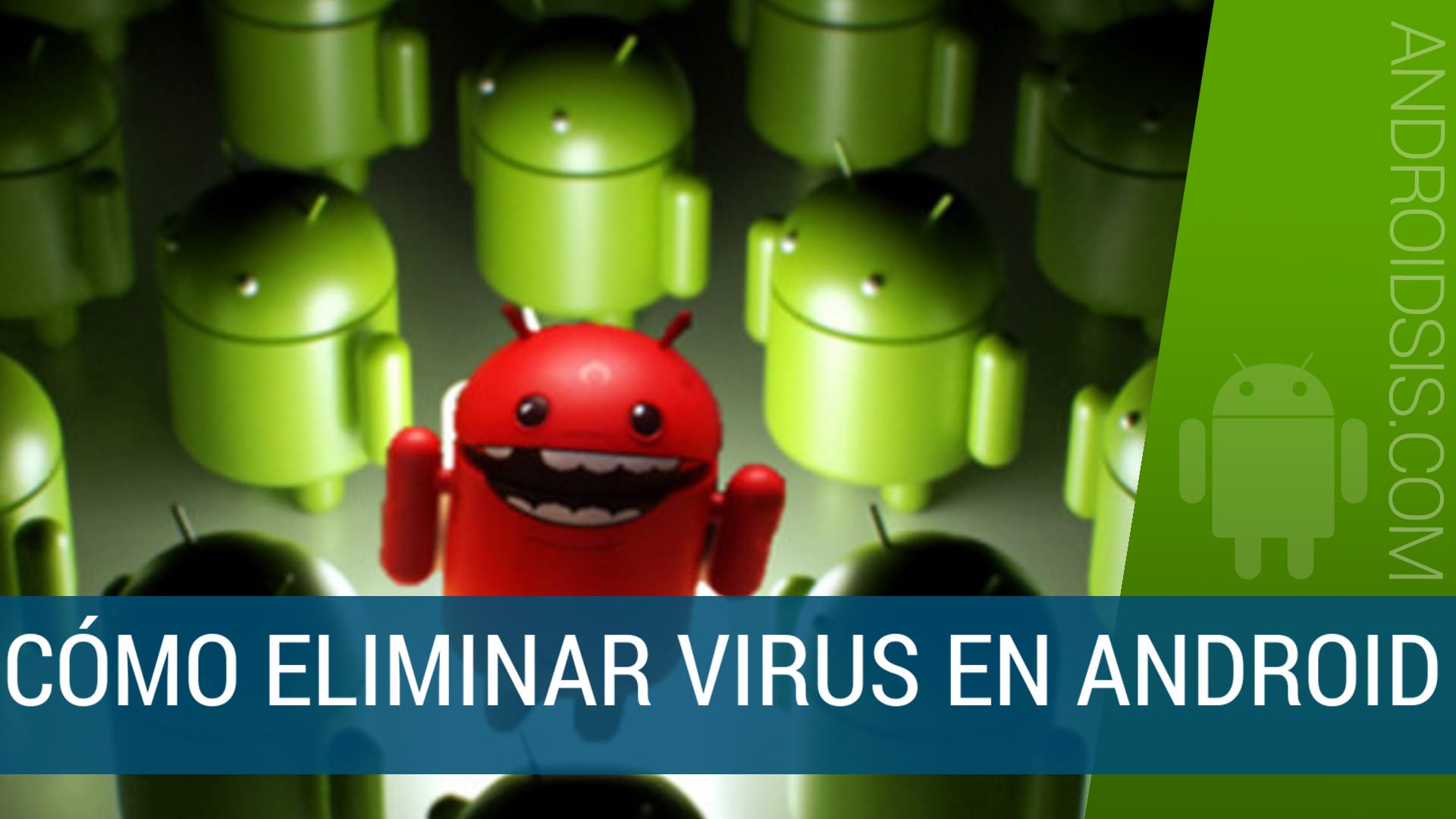
If you want to know what SMSC is, what it is for and how it is used, you have reached the right article. In this article we will try to solve these and other doubts related to this terminology, which, you may have deduced, it has something to do with traditional SMS.
SMSC (Short Message Service Center) or Short Message Service Central (if we translate it into Spanish), is an element of mobile phone networks whose function is the send and receive text messages, also known as SMS. SMSC is the central that is in charge of distributing the SMS.
How SMSC works

If you are a few years old, surely you will remember how, using this communication protocol, we could establish a series of parameters, similar to WhatsApp, so that the user who sent the message received a confirmation how long the message had been delivered.
In those moments, the need to know if someone had received the message, has nothing to do with currentSince, at that time, mobile coverage was still taking its first steps and mobile phones did not always have coverage.
In fact, this function was commonly used to know when a phone number I had coverage again if we had to call for any urgent reason.
The SMSC receives messages from senders and passes them through before they reach their recipients. Too determines if a specific recipient is available on the network. If so, the message is sent. Otherwise, it is stored until the recipient is available, that is, it is covered again.
The SMSC stores text messages and delivers them when the phone has coverage. If for a period of time, which varies depending on the operators, the recipient does not connect to the network, the message expires and cannot be delivered.
If, in the configuration options, we have established a receipt confirmation, the operator will inform us if the message has finally been delivered or if it has expired, that is, the SMSC has been deleted and it will not be delivered when the recipient get coverage again.
What is SMS

SMS stands for Short Message Service. As the name "Short Message Service" suggests, the data that an SMS message can contain is very limited. An SMS message can contain maximum 160 characters.
It is a technology that allows messages to be sent and received between mobile phones using GSM networks and it came into operation in 1992. In addition to working on GSM networks, a little later it moved to wireless technologies like CDMA and TDMA.
The GSM and SMS standards were originally developed by ETSI, the European Telecommunications Standards Institute. Today, the 3GPP External link icon (Third Generation Partnership Project) is the responsible for the development and maintenance of the GSM and SMS standards.
An SMS message can contain as maximum 140 bytes (1120 bits) of data, so an SMS message can contain up to
- 160 characters if 7-bit character encoding is used. (suitable for encoding Latin characters).
- 70 characters if 2-bit Unicode UCS16 character encoding is used. (includes non-Latin characters like Chinese)
One of the drawbacks of SMS technology is that an SMS message, this is precisely this one, which can only carry a very limited amount of data.
To overcome this drawback, an extension called concatenated SMS (also known as long SMS) was developed. A concatenated SMS text message it can contain more than 160 characters using Latin characters.
El long SMS performance is:
- The sender's mobile phone breaks a long message into smaller messages 160 characters.
- When these SMS messages reach the destination, the recipient's mobile phone combines them into a single long message.
SMS compatibility
SMS text messaging supports international languages and supports all languages supported by Unicode, including Arabic, Chinese, Japanese, and Korean.
SMS also allow include binary data, allowing you to send ringtones, images, wallpapers, animations, business cards and WAP settings.
The main advantage of SMS is that they are compatible with 100% of GMS mobile phones. You don't have to do anything to activate SMS on your mobile phone.
Although the use of SMS was reduced a lot with the arrival of messaging applications over the internet (WhatsApp, Telegram, Line, Viber ...) at present, most public administrations are still used to send notifications, as well as by operators to inform users when they have received One call and they had no coverage on the phone.
Send multimedia content via SMS
Another major drawback of SMS is that they cannot include multimedia content, be it photos, videos, animations or melodies. The solution to this problem was EMS (Enhanced Messaging Service) also known as MMS (Multimedia Messaging Service).
EMS is an application-level extension of SMS. An EMS message can include images, animations, and melodies. In addition, it also allows you to format the text (bold, italic ...), enlarge or reduce the size of the text ...
The downside of EMS is that it is not as compatible as SMS. In addition, the cost of shipping EMS was much higher than SMS, hence this technology quickly did not become an industry standard. To meet this need, messaging platforms through the internet were born.
At present, with very few exceptions, EMS or MMS are not supported by practically any telephone operator.
RCS technology will replace SMS

As the years have passed, SMS have stopped having the use they had in the late 90s and early 2000s. However, it does not mean that they are dead by any means, since as I have explained, they continue to be used for certain cases.
For several years, Google has been working on RCS (Rich Communication Service) technology, a technology that, although it is still green, in a few years will allow us to send any type of content (text, images, videos ...) through the operator, without depending on an application.
The objective of this technology is for the technology to become a standard in the telephony industry, so that all users can send and receive content regardless of whether or not they have internet on their mobile devices, and the operator will be in charge of sending them.
This way, users will not have to depend on specific messaging apps to get in touch with other users who are probably not using them and are not forced to use them.
